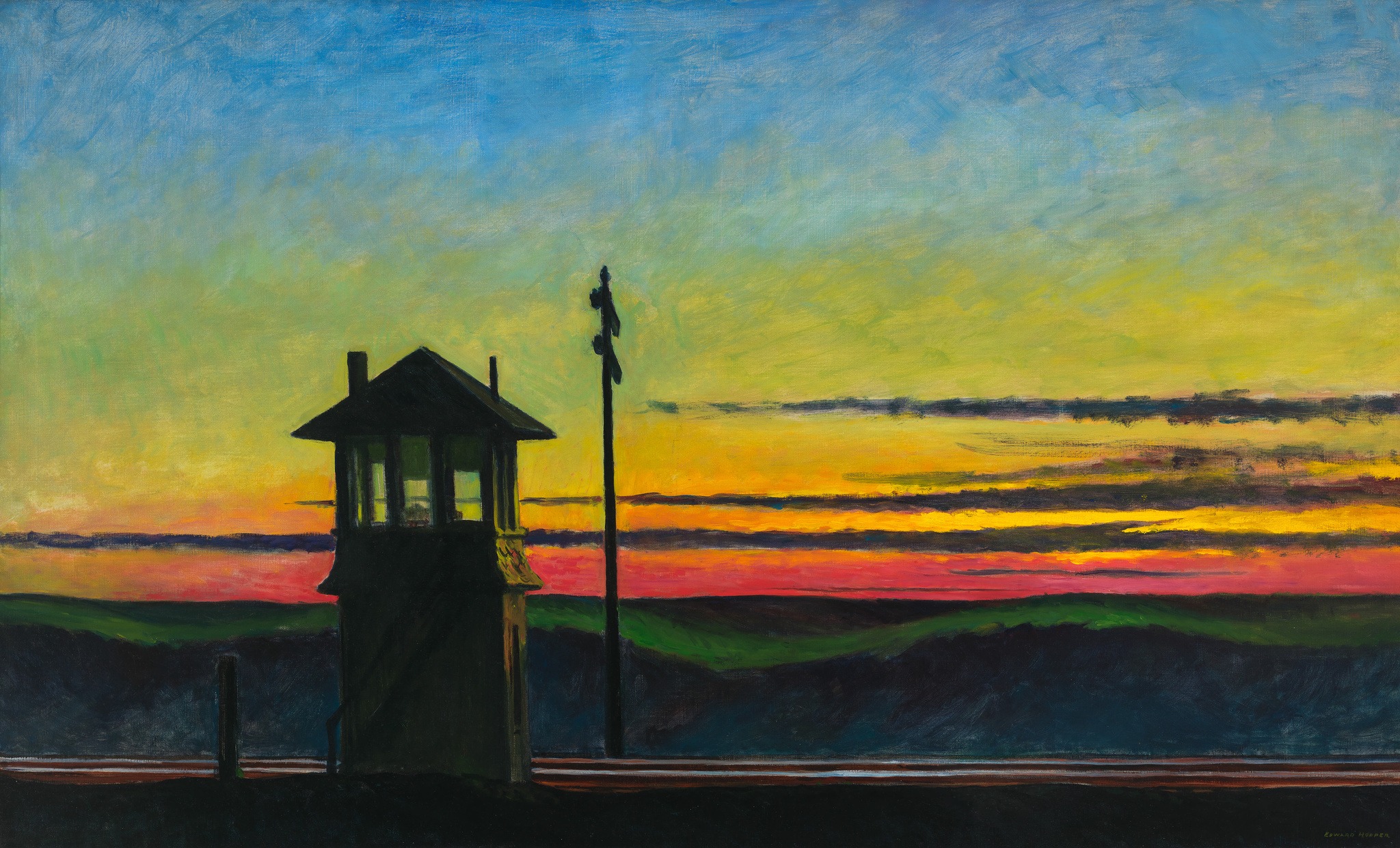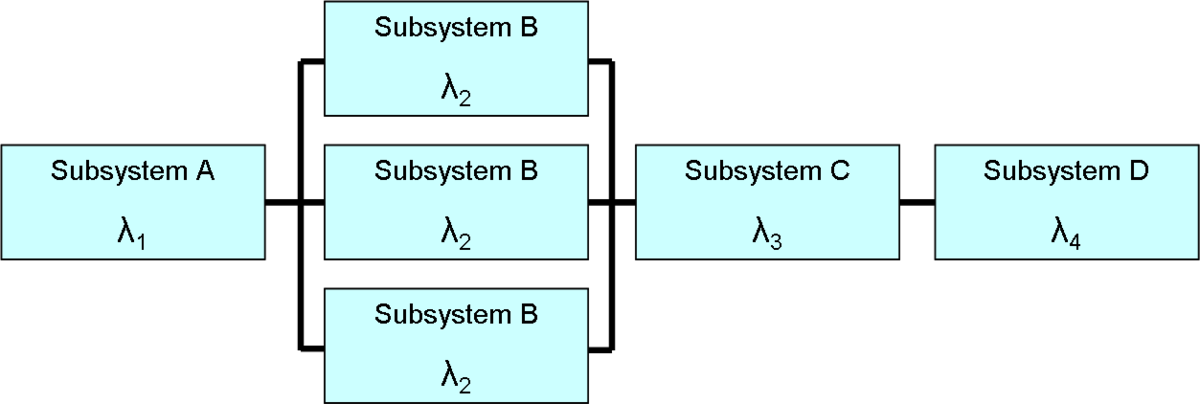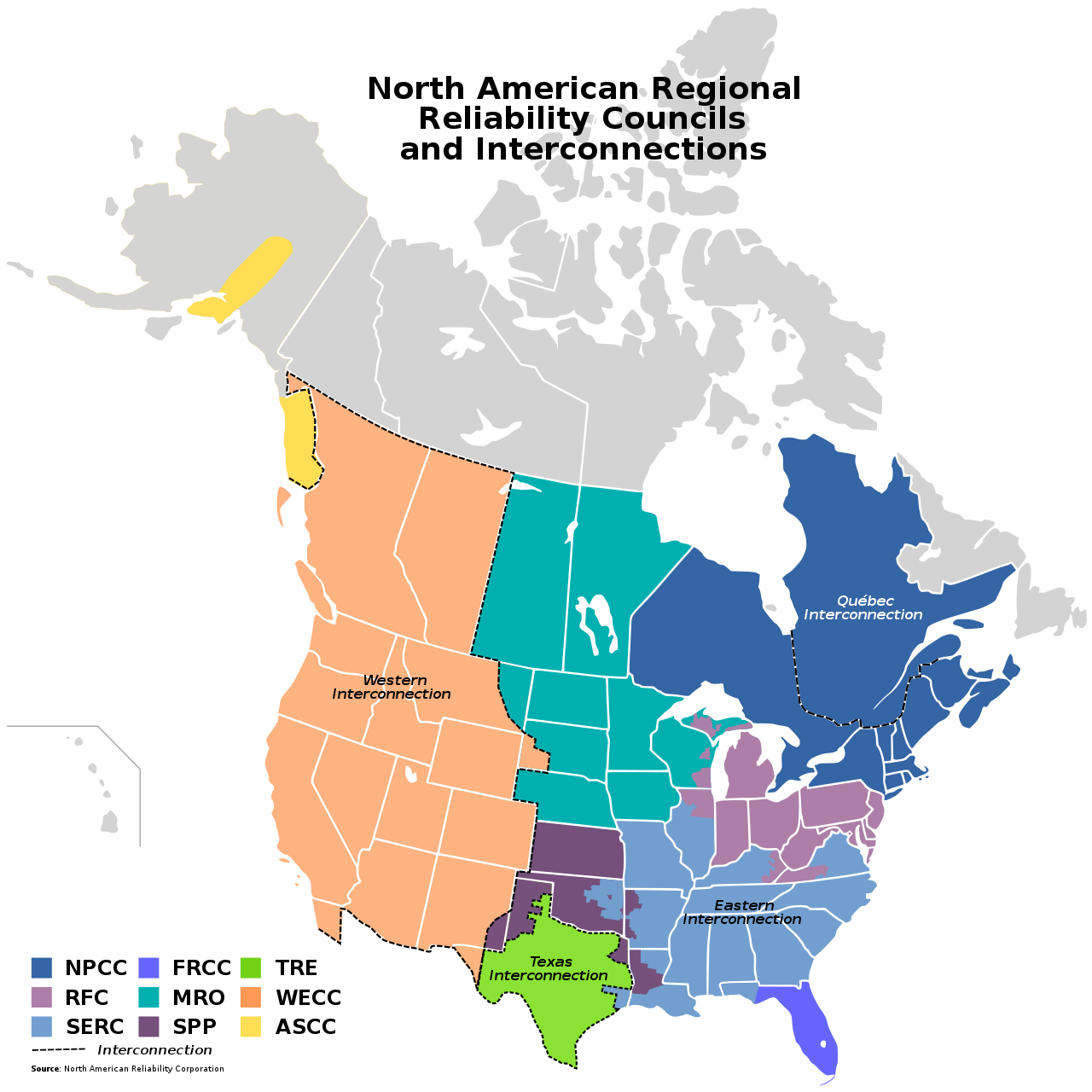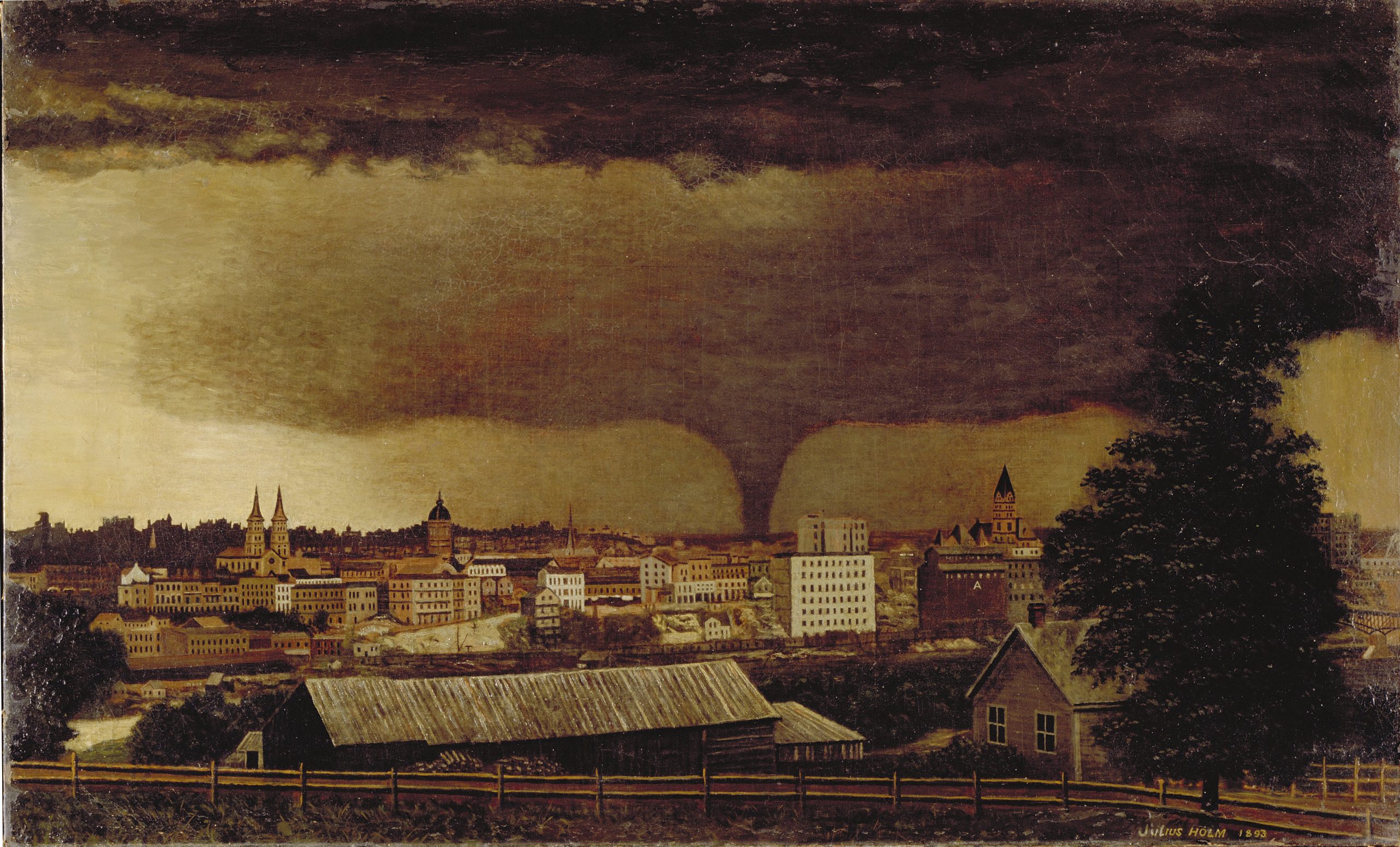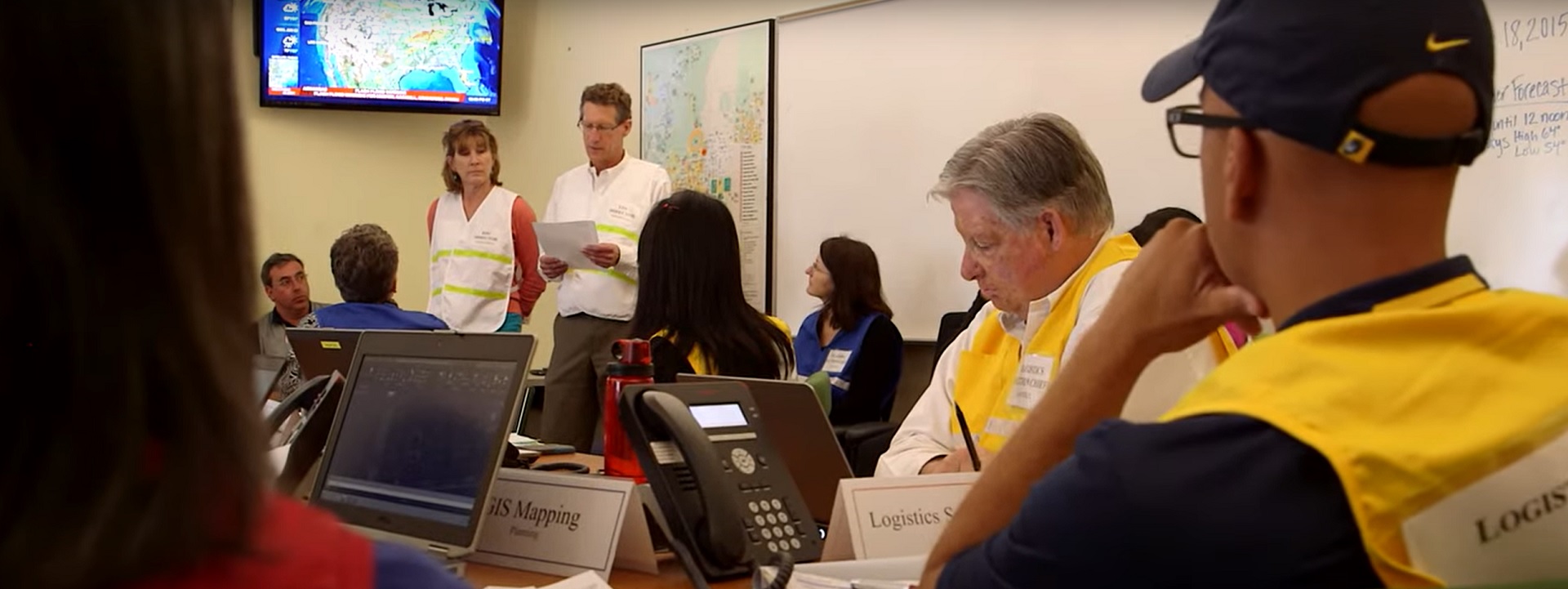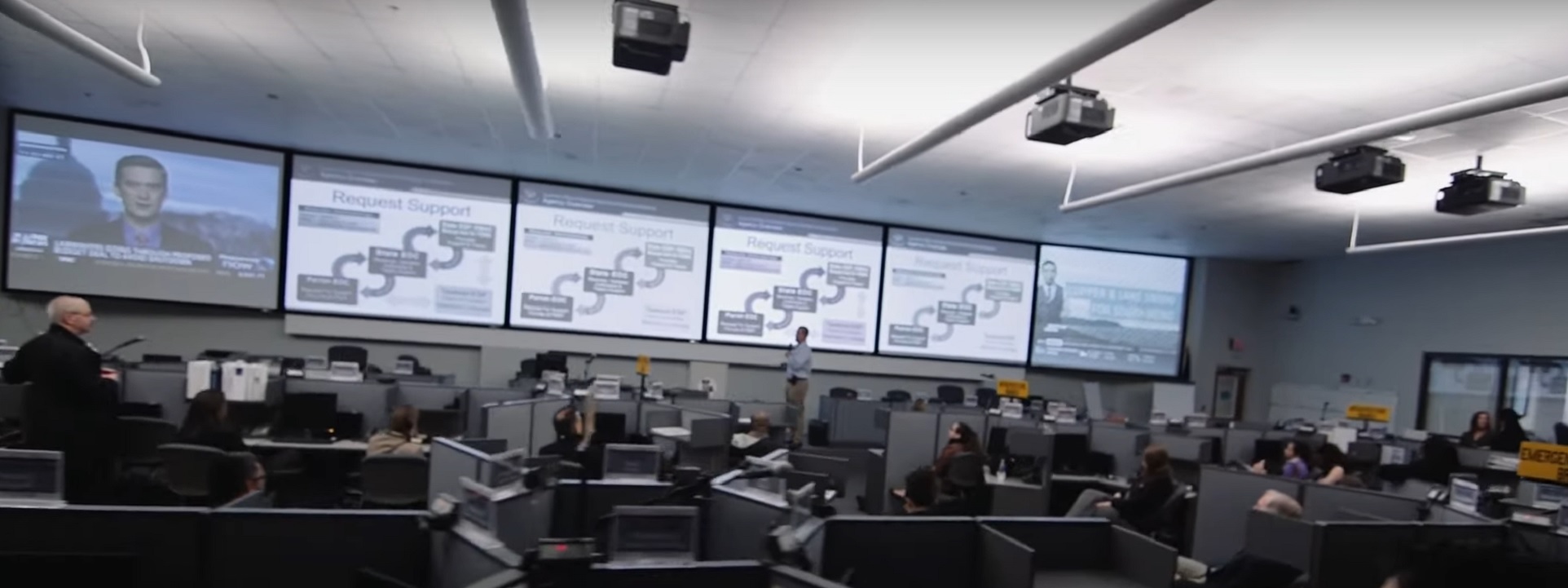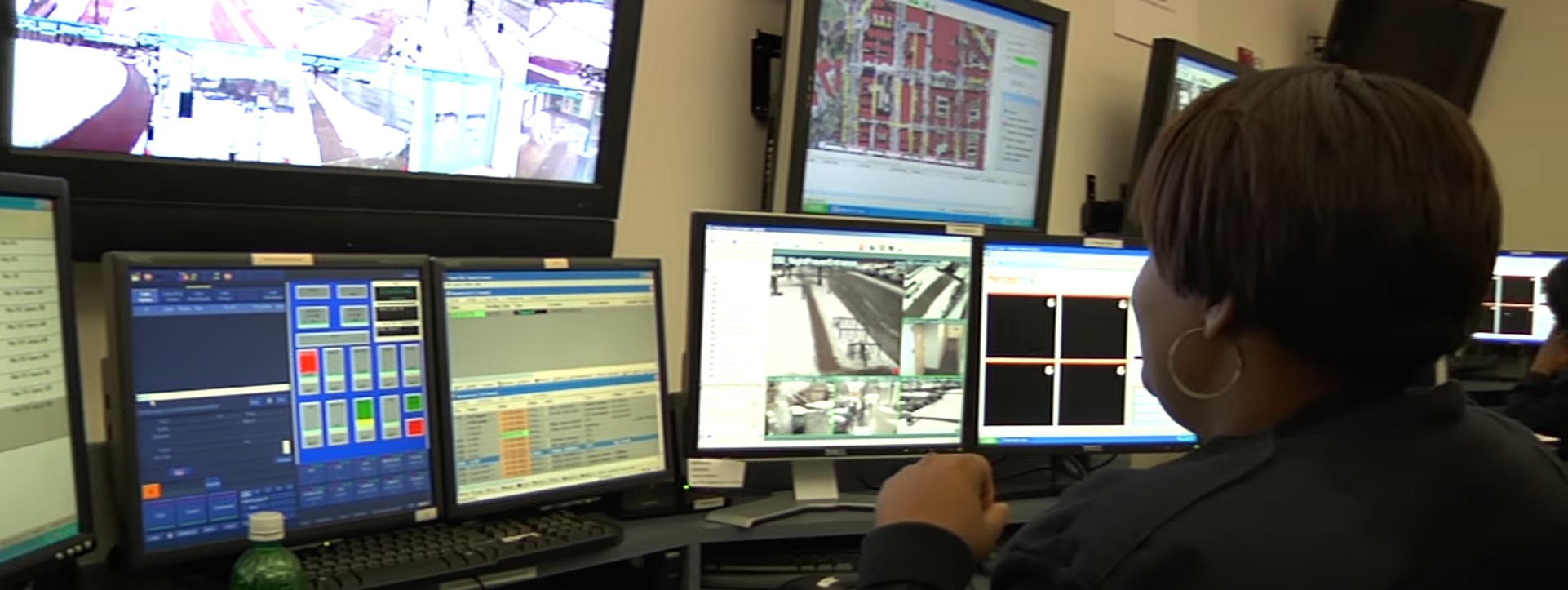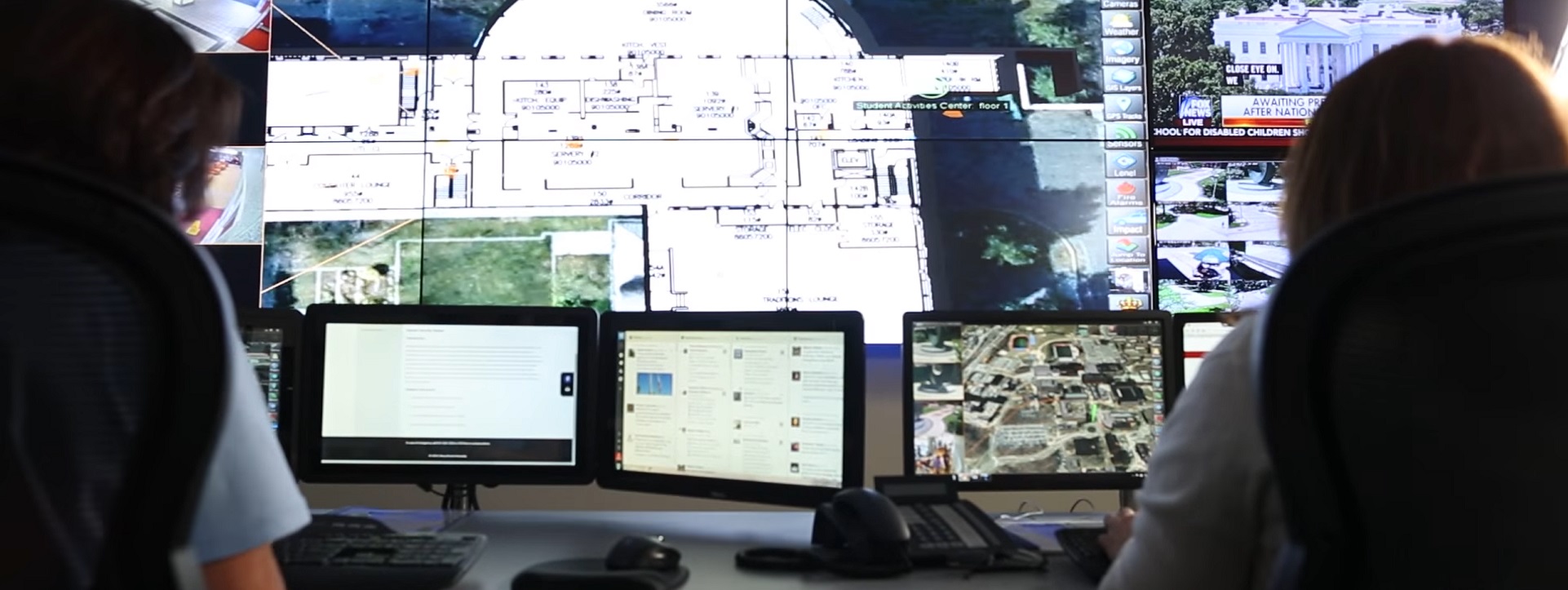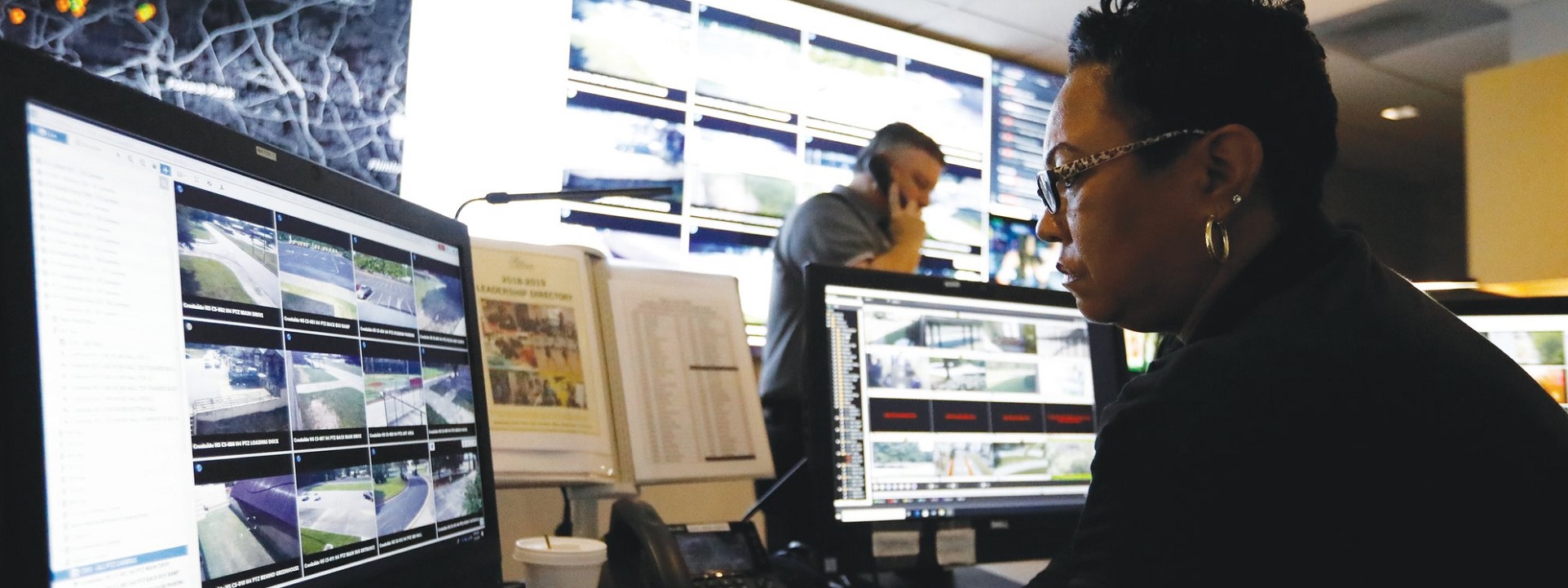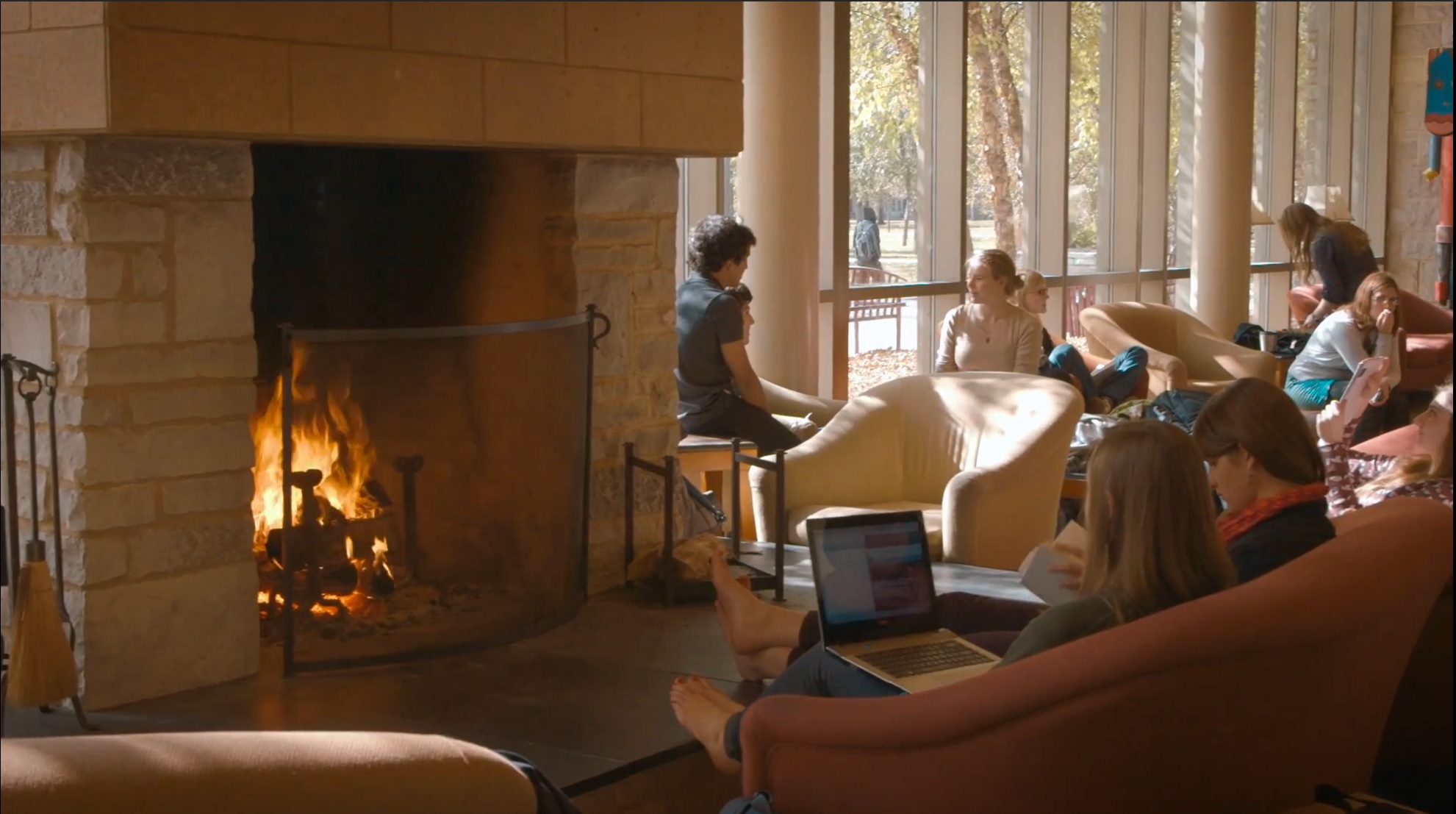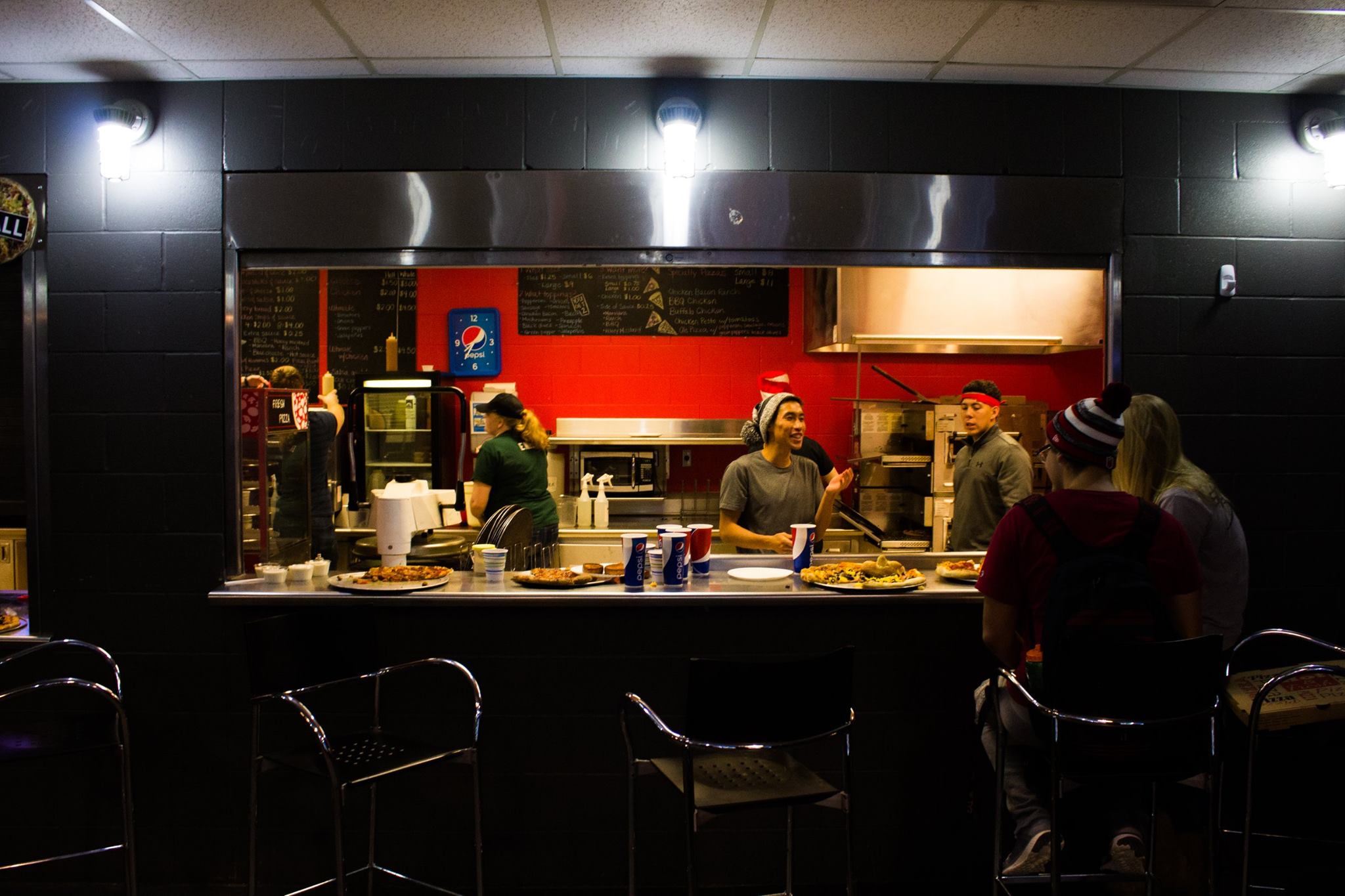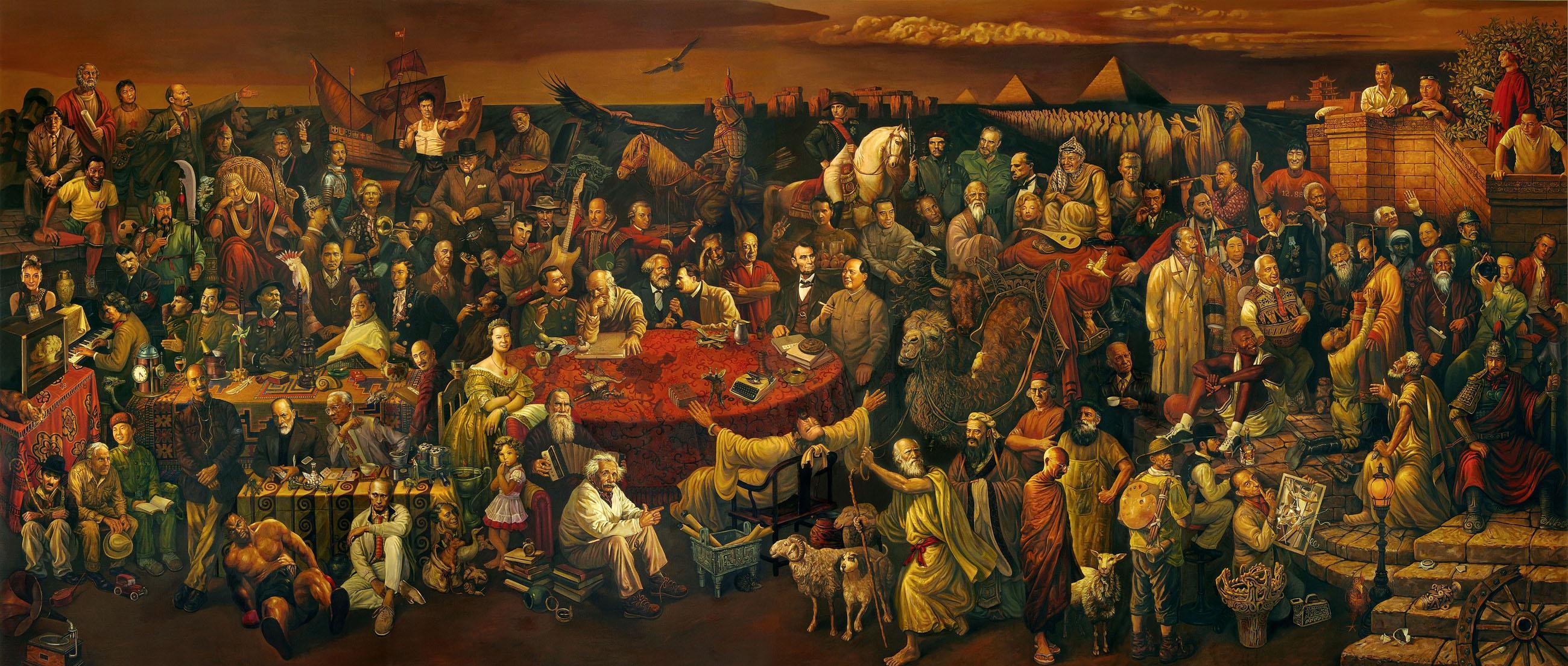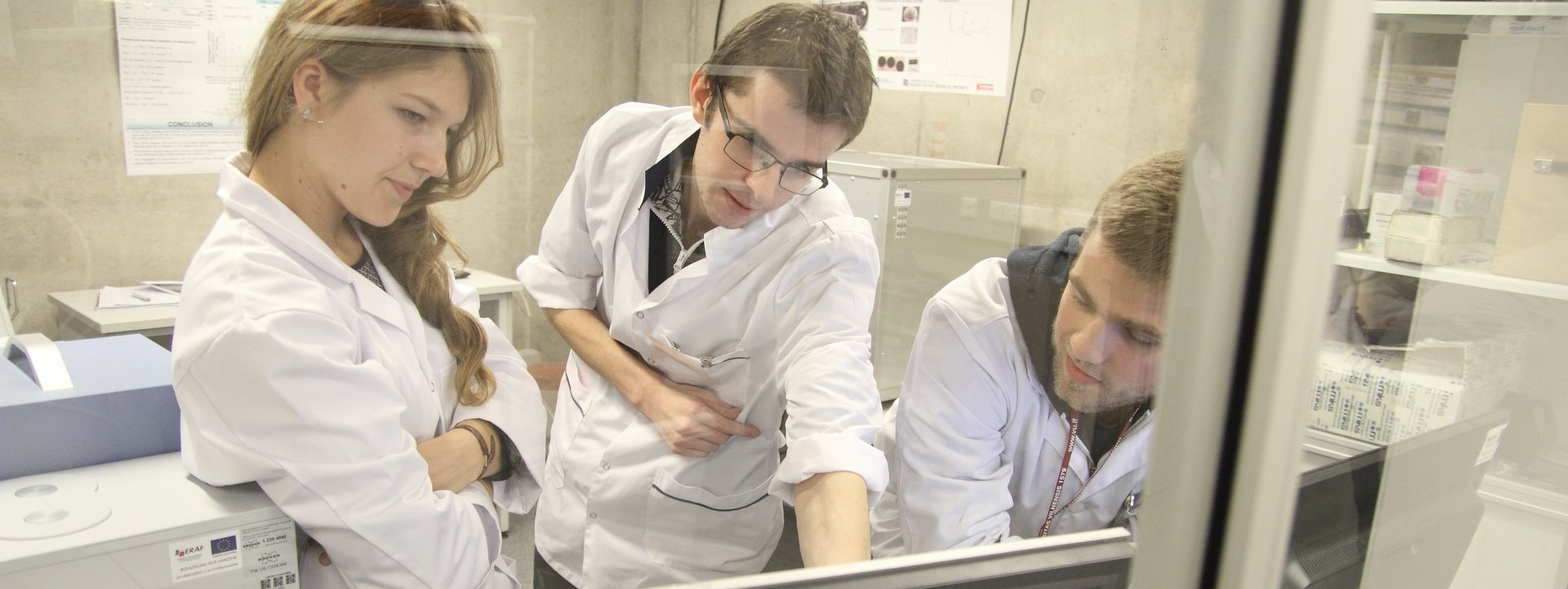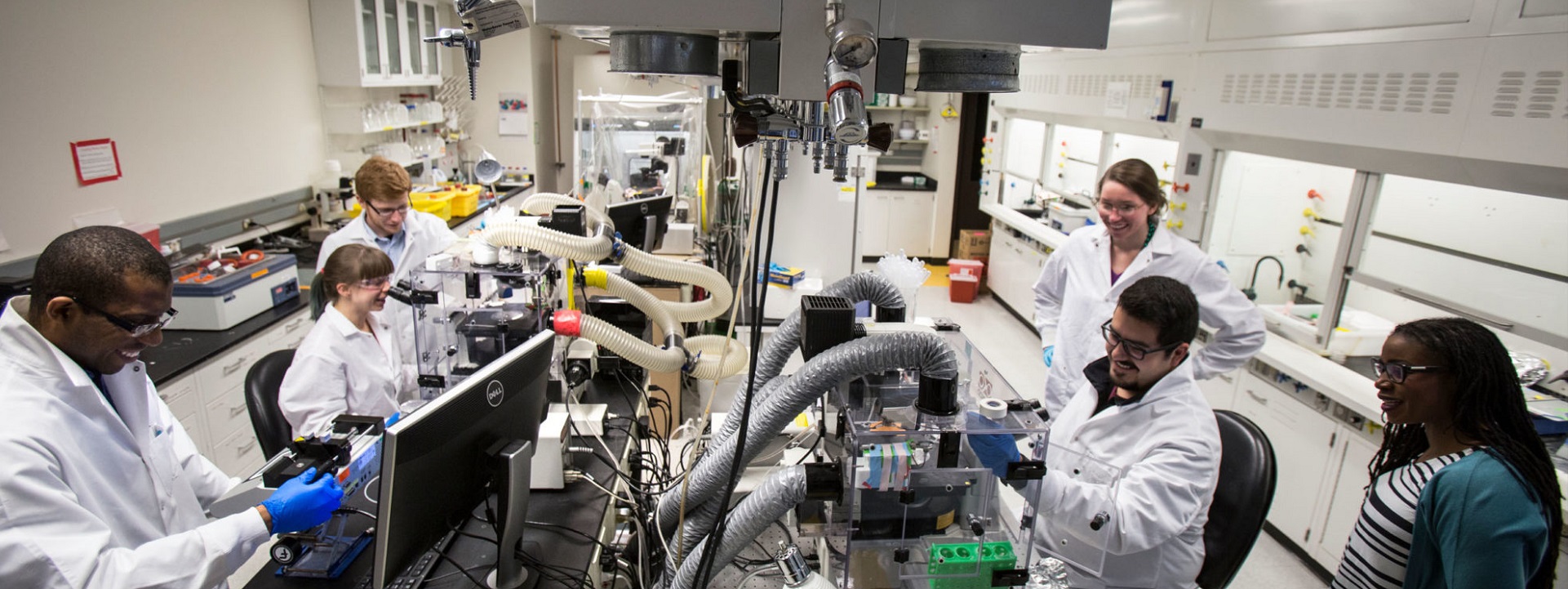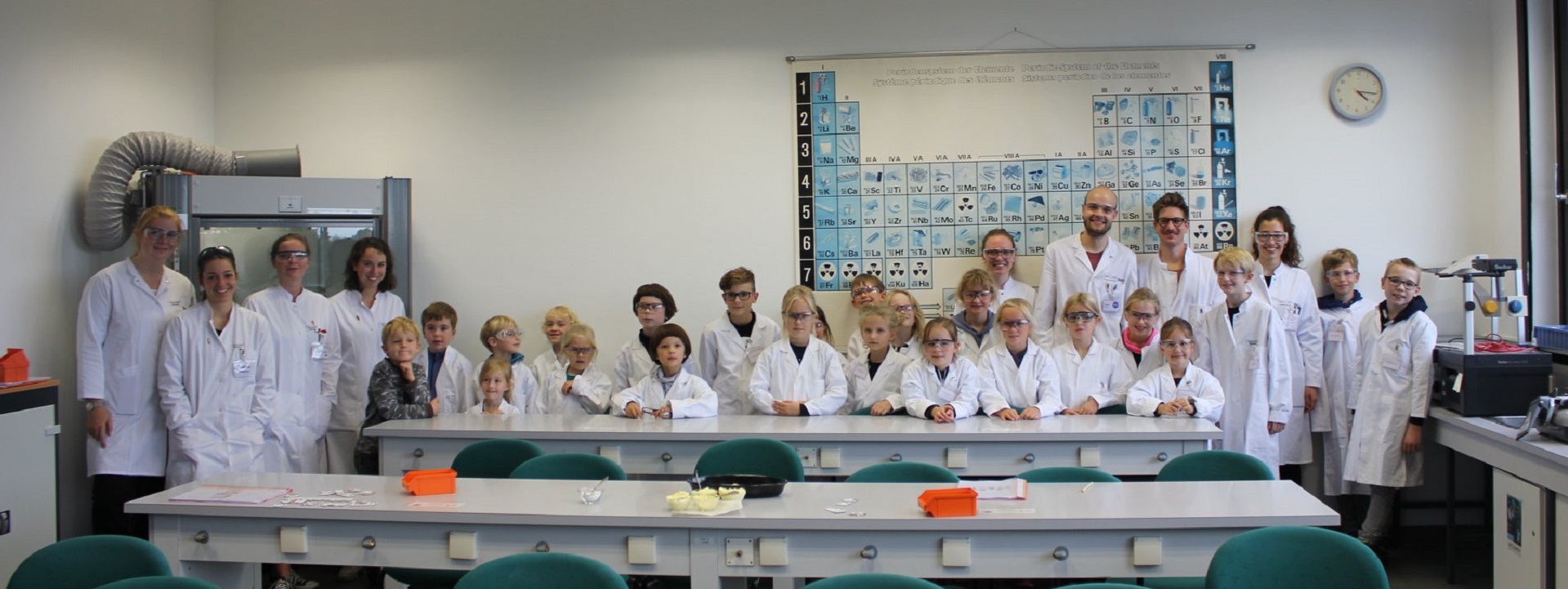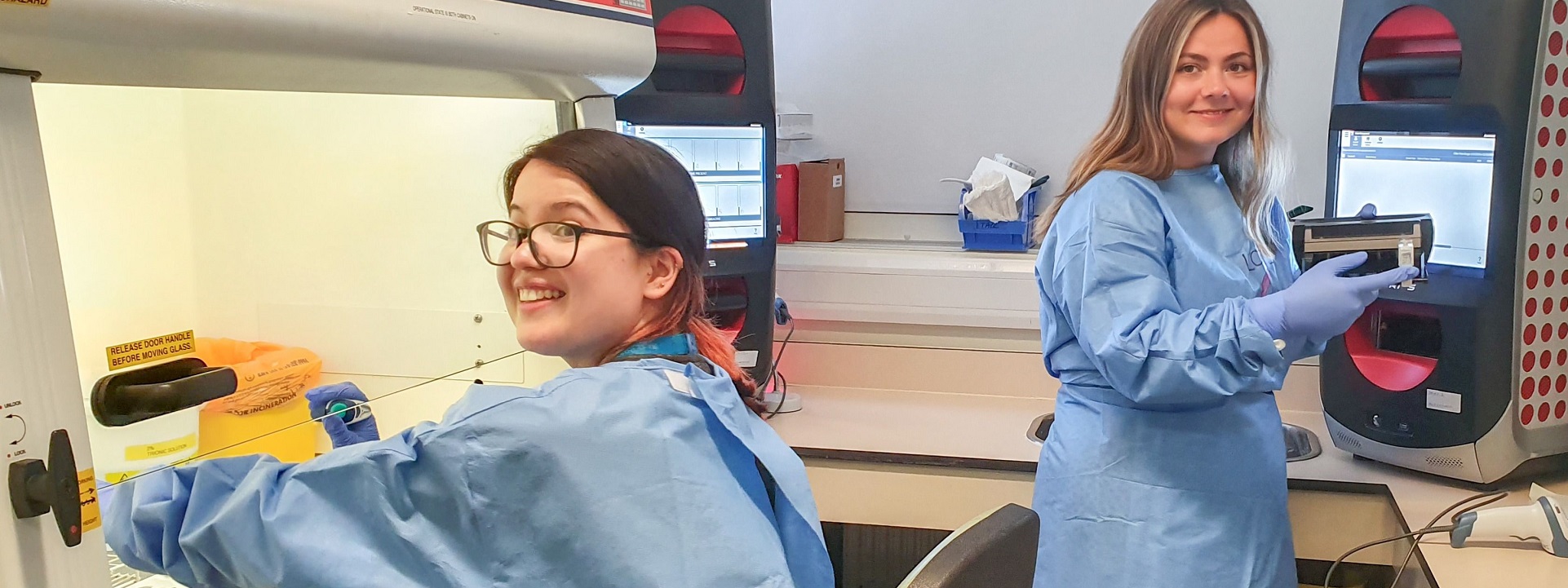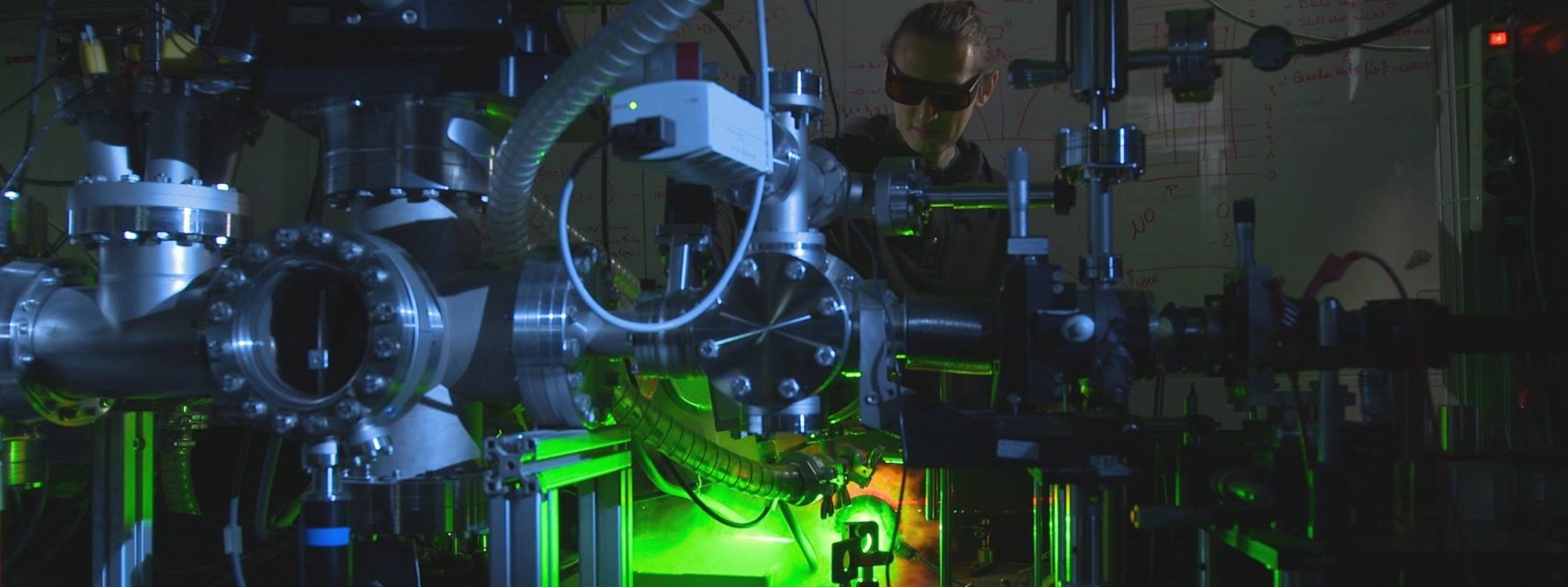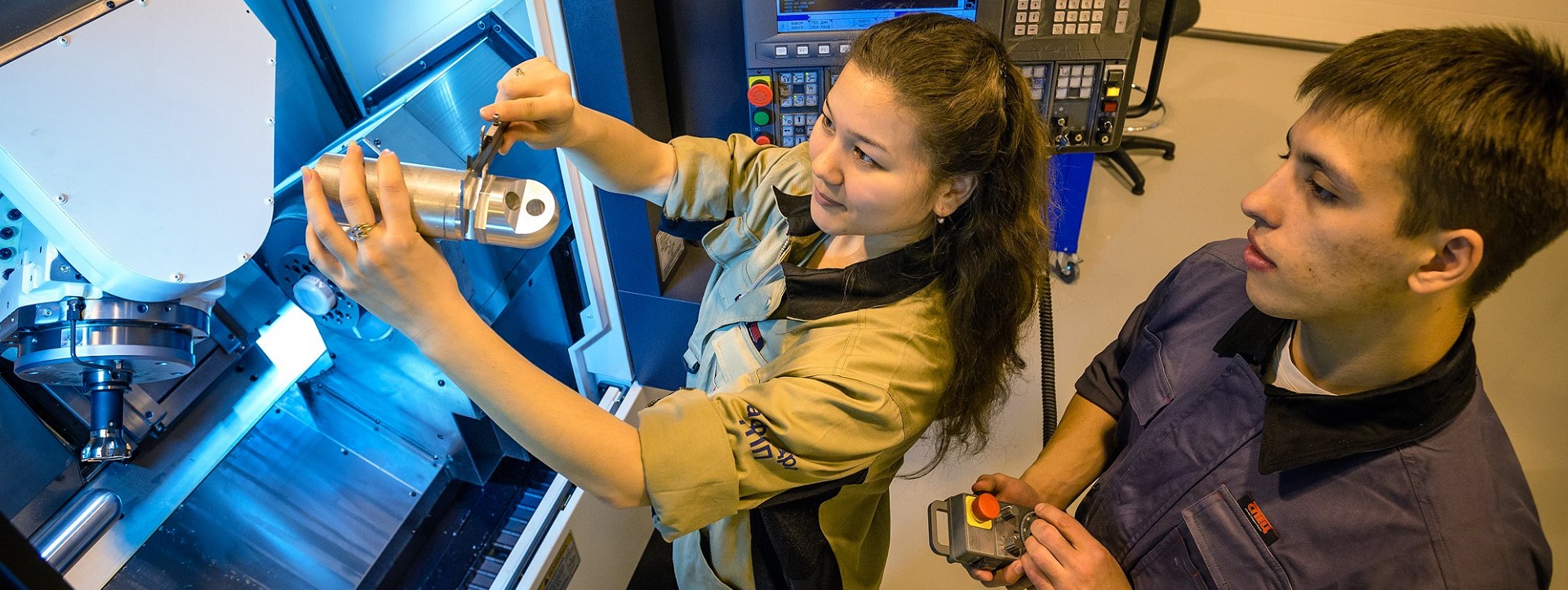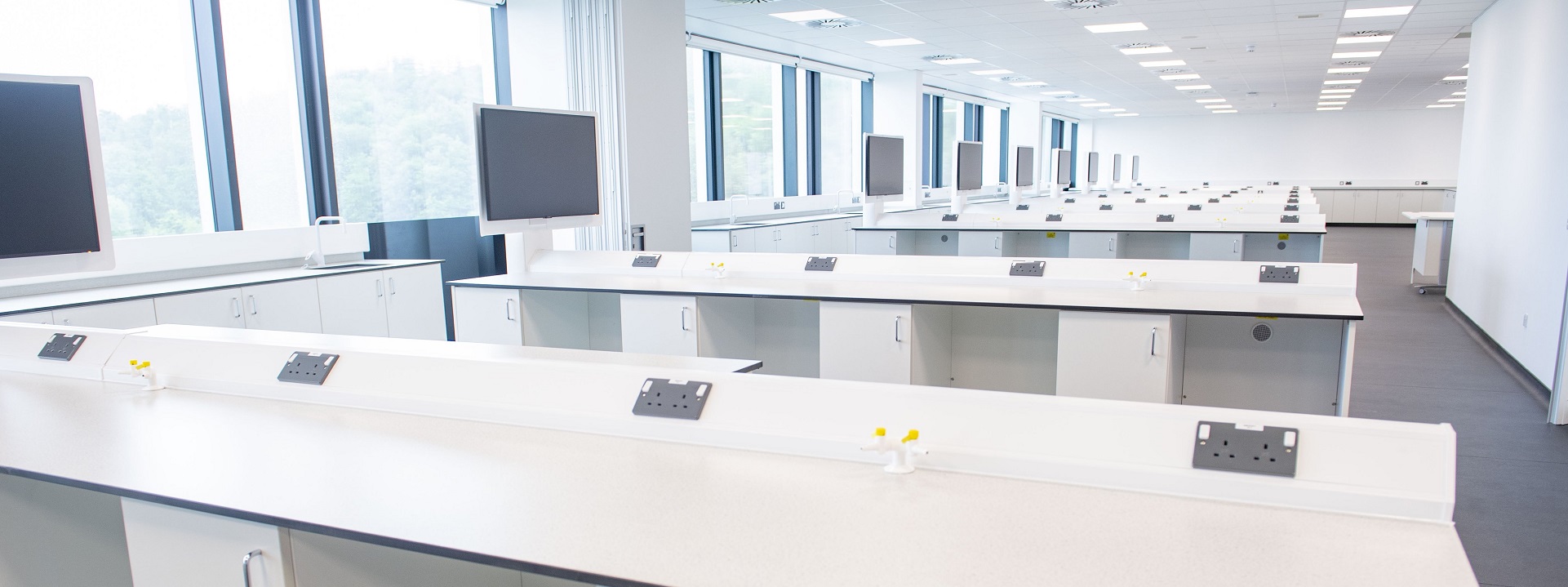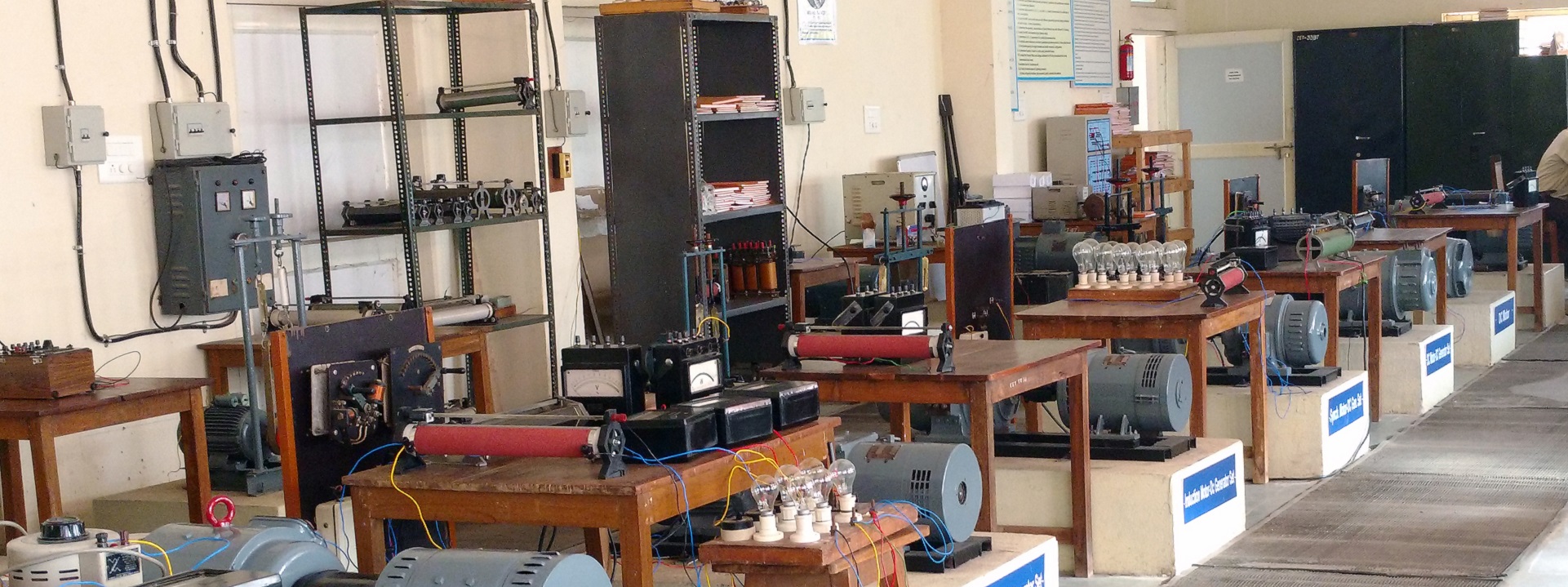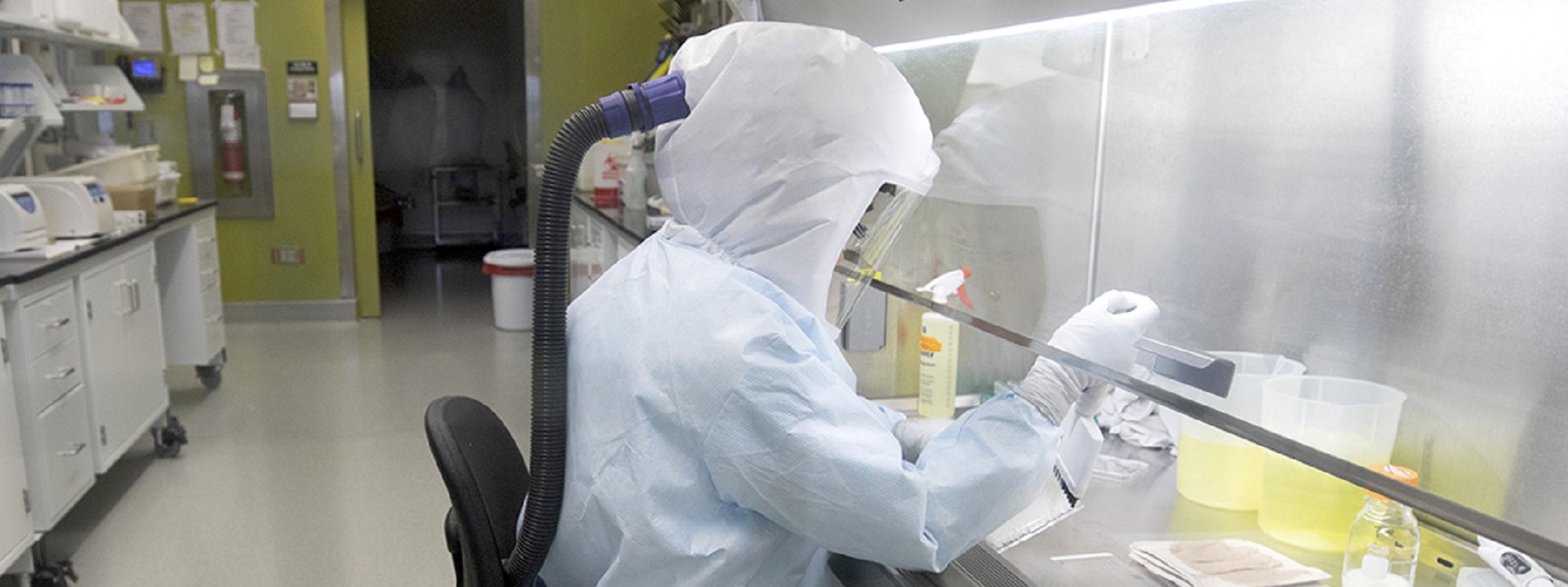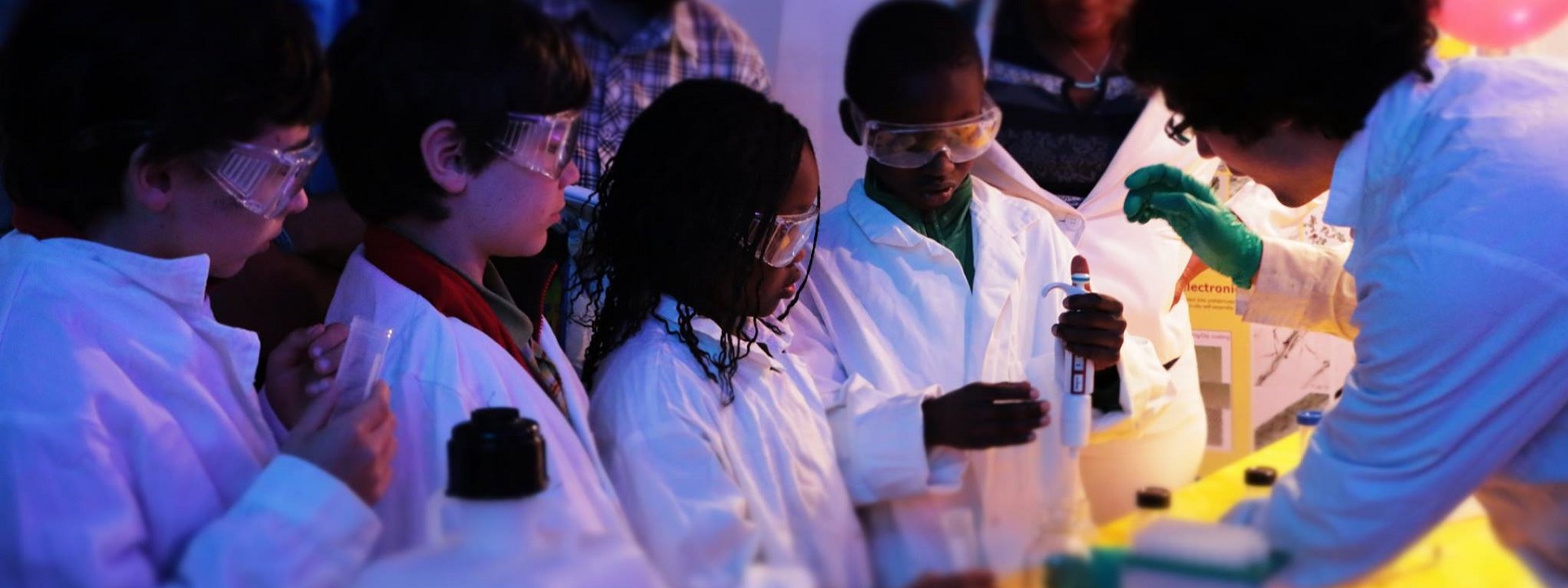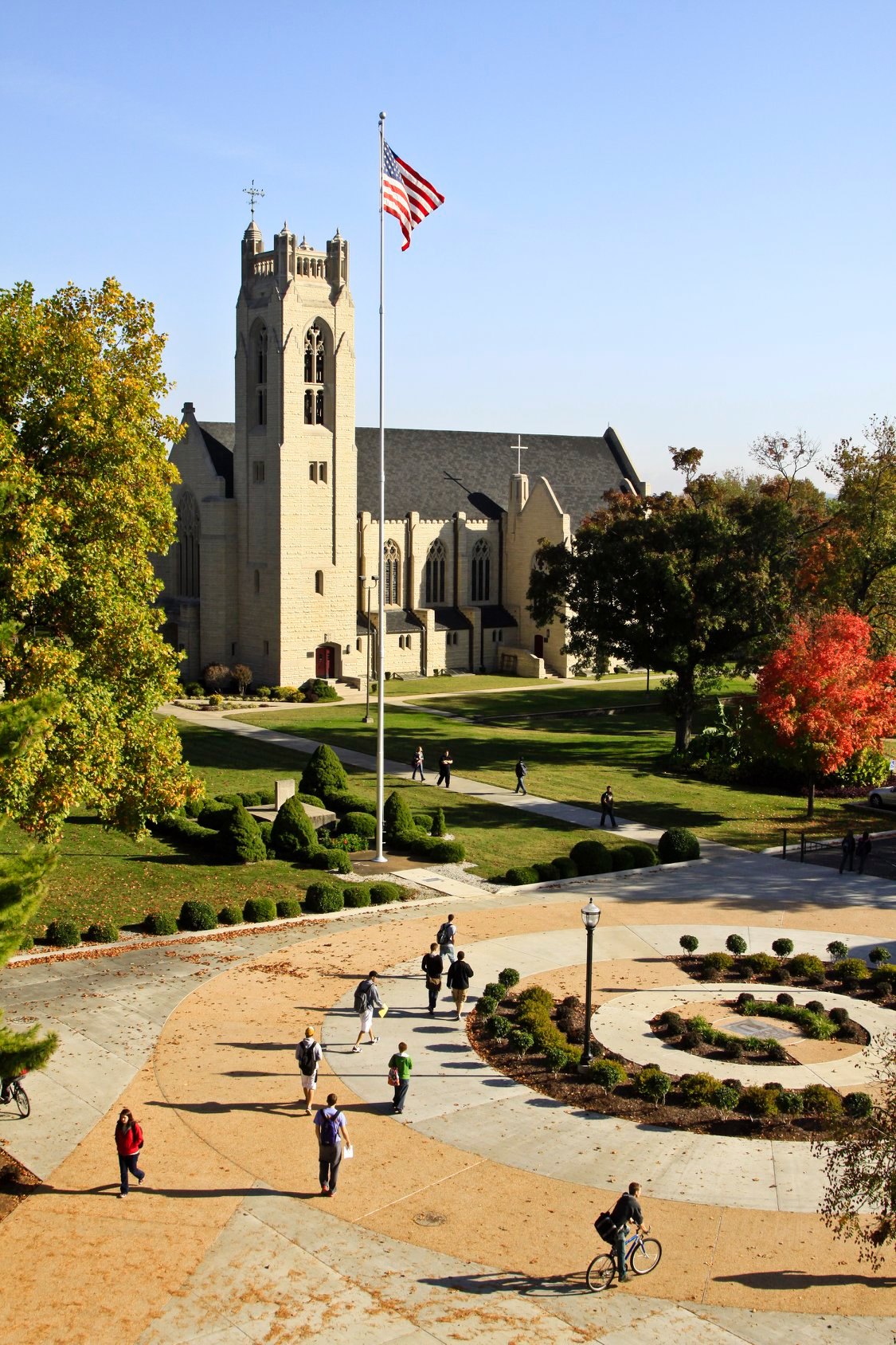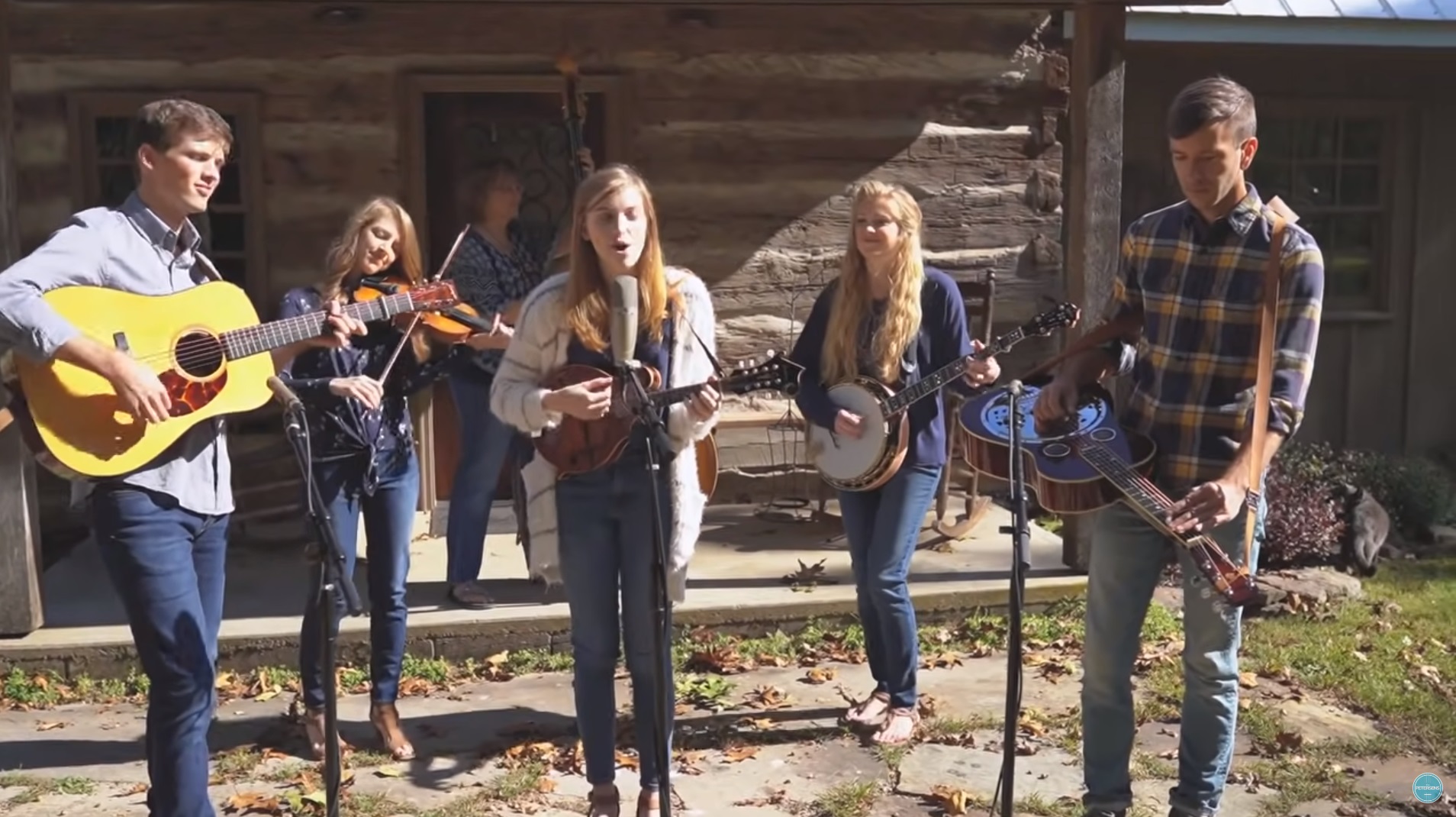Today at the usual hour we introduce the project which will require harvesting power reliability statistics from any and all educational settlements willing to share their data. As the links before demonstrate, we have worked in this domain for many years. Join us with the login credentials at the upper right of our home page.
Types of Probability Distribution & Representative Calculation
SDC3006_Power_System_Reliability_WG_Minutes_2024-05-20
WG Meeting Agenda August 2024_final
This paper introduced the concept of reliability theory and established a mathematical framework for analyzing system reliability in terms of lumped parameters. It defined important concepts such as coherent systems, minimal cut sets, and minimal path sets, which are still widely used in reliability engineering.
IEEE Recommended Practice for the Design of Reliable Industrial and Commercial Power Systems
We are tooling up to update the failure rate tables of IEEE 493 Design of Reliable Industrial and Commercial Power Systems; collaborating with project leaders but contributing to an essential part of the data design engineers use for scaling their power system designs. The project is in its early stages. We are formulating approaches about how to gather data for assemble a statistically significant data set.
Today at the usual hour we introduce the project which will require harvesting power reliability statistics from any and all educational settlements willing to share their data. As the links before demonstrate, we have worked in this domain for many years.
Join us with the login credentials at the upper right of our home page.
“On the Mathematical Theory of Risk and Some Problems in Distribution-Free Statistics” by Frank Proschan (1963): This paper introduced the concept of increasing failure rate (IFR) and decreasing failure rate (DFR) distributions, which are crucial in reliability modeling and analysis.
“Reliability Models for Multiple Failures in Redundant Systems” by John F. Meyer (1965): This paper addressed the problem of reliability analysis for redundant systems, which are systems with multiple components designed to provide backup in case of failure.
“Reliability of Systems in Series and in Parallel” by A. T. Bharucha-Reid (1960): This work analyzed the reliability of systems composed of components arranged in series and parallel configurations, which are fundamental building blocks of more complex systems.
“A Stochastic Model for the Reliability of Modular Software Systems” by John E. Gaffney, Jr. and Thomas A. Dueck (1980): This paper introduced one of the earliest models for software reliability, extending the concepts of reliability theory to the field of software engineering.
“Redundancy Techniques for Computing Systems” by John von Neumann (1956): This report by the pioneering computer scientist John von Neumann explored the use of redundancy techniques, such as triple modular redundancy, to improve the reliability of computing systems.
Open for Comment: Types of Reliability Probability Distributions


